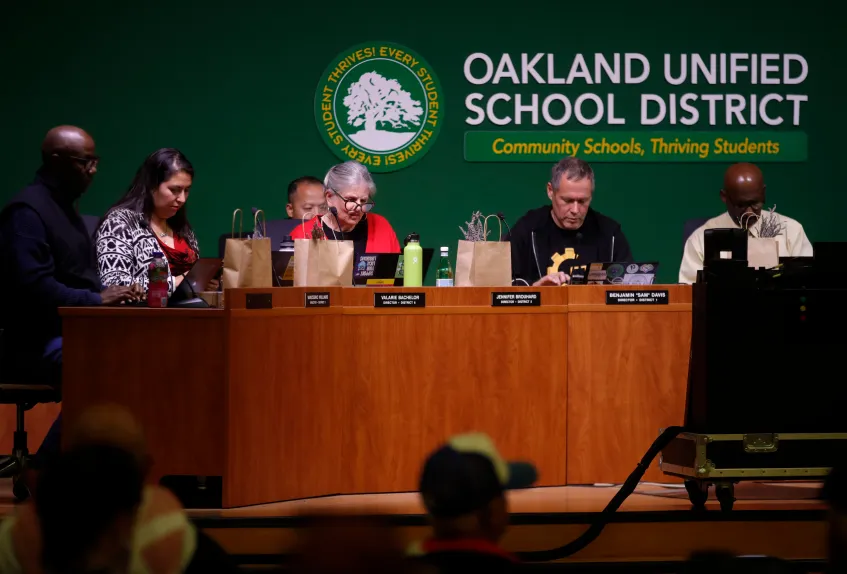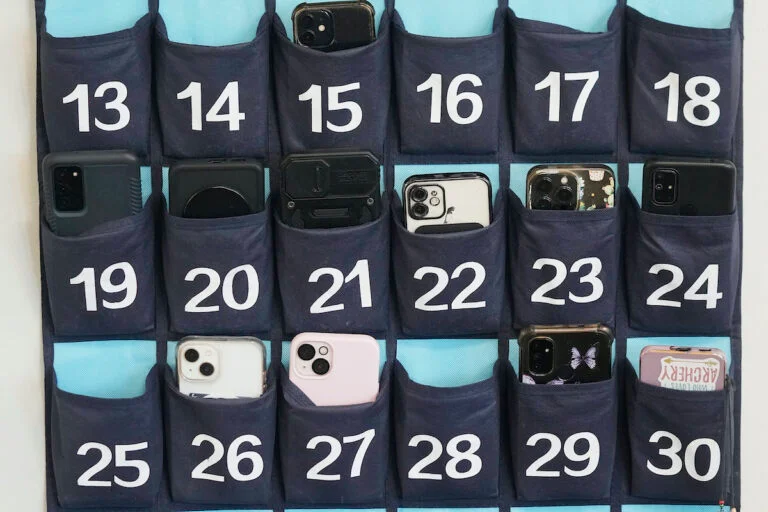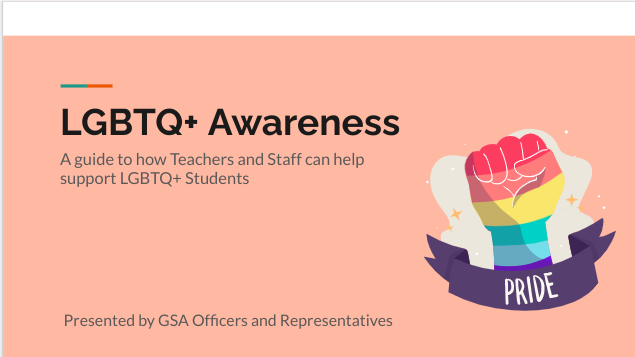Phones in schools have been common since the early 2000s and are very disliked by administrations. Schools have even been prohibiting cell phone use since the iPhone came out in 2007. Today, around 95% of high school students have phones, and many high school students have begun to show signs of phone addiction. As schools are educational and strict environments, it makes sense that they have been heavily prohibited from being used. But in recent years, schools have started to take phones at the start of the day or even lock them away in Yondr pouches. We are beginning a similar rule at Alhambra this year, with our administration implementing phone pouches into every classroom. While this rule is in place for the benefit of students and teachers, some may argue that this rule seems strict and controlling. So I decided to talk to Mrs. Emmendorfer to clarify the details of this rule.
Rather than giving Yondr pouches to every student, the administration has implemented these phone pouches in every classroom. When I asked Mrs. Emmendorfer about this, she stated, “I think they’re great… When they initially came out, we found out that folks had already found ways to break into them,” she says, “I think it would have been a more difficult sell to parents.” “The timing worked better now because we have backing of the state. I think the timing was actually right.” They had support from teachers, parents, and the state to implement this new phone rule. But what about the impacts on students? “We were hoping to not increase anxiety or stress; that’s like the very opposite of what we wanted to do.” “But I hope, also, that people would let me know.” Mrs. Emmendorfer is open to feedback and does not want to make students feel bad. At the least, students can have their phones during lunch and passing periods. But even then, there are red zones and green zones. “The red zones would be places like our offices, restrooms, and locker rooms.” I did not get an exact description of green zones, but anything besides those three places seems fair game. Overall, these rules seem decently fair when you hear the explanations. But what happens when you don’t follow this rule, or in a case of emergency?
‘If a cell phone/ electronic device rings, vibrates, or is used for any reason during class time, is visible anytime during class time, or if you are caught using it on campus during class time, we will administer progressive discipline.‘, according to an email sent out to students about this new rule. ‘Progressive discipline’ is like a disciplinary stepping ladder; the more you do wrong, the higher up you go. And anytime you are caught with your phone out, the office must be told, and they will document it for your record. “Teachers don’t know if students have had warnings in other classes, so that’s the office’s job to help compile that information and track it.” But sometimes this disciplinary ladder gets skipped. Where, usually, you would get your phone taken away on the first step, they can also jump straight to detention. “With detentions, students are automatically placed on loss of privileges until they serve the detention,” which is just an incentive to get you to serve the detention. This sounds very fair, since after you serve the detention you will be taken off loss of privilege, at least in most cases. “If some people are just egregious then they stay on LOP for like thirty days”. Which is still reasonable.
A large part of why parents even buy phones for their children is to have direct contact with them, but this new rule makes it harder. “We really want to discourage parents from trying to have that immediate access to their child, during class time”. “It’s a distraction… Research says it takes about 20 minutes for you to get back on track once you lose focus.”. If a parent needs to reach out to a student their best option is to call the office. “I would imagine that if they’re trying to reach their student during class, it’s an emergency, and that’s something that the office should know as well”. For example, if a pet or grandparent died, it would be better to hear that from an adult outside of the classroom rather than seeing the text from your mom while you’re secretly scrolling on your phone in the middle of a lesson. As for cases of mass emergencies, like school-wide lockdowns, Mrs. Emmendorfer wants us to have our phones and consistently message our families to reduce worry. “I have so much faith in you all that I think that cool heads will prevail” if we were in an emergency.
Overall, this rule has been put in place to try and improve focus during class time. While I do not fully agree with this rule, it’s very understandable. When it comes to constricting rules like this one, you have to consider that in past years they have tried to discourage and stop phone usage. But rules are in place for a reason, possibly since nobody followed the old rules, and there weren’t a ton of heavy repercussions for it. Of course, kids want their phones and don’t want constricting rules, but it’s hard to change this, especially since the state of California backs this rule. So just put the phone in the pouch and don’t complain too much.

















